P I C T U R E G A L L E R Y
--- (Please have patience – loading pictures). ---
-----o0o-----
Weekend with good friends
in Vejle.
Medio July 2010.
-----o0o-----
Saturday afternoon/evening.

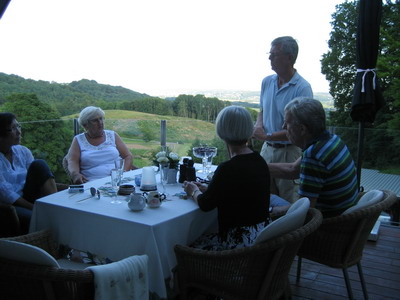
Welcome.
Champagne service on friends' fabulous roof
terrace.
(View to the new "Vejlebro" - in the distance.)
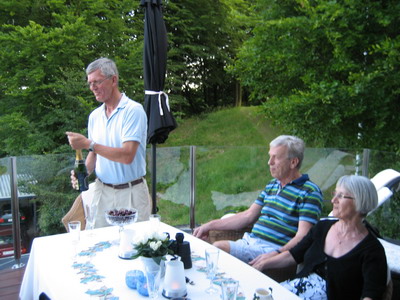

Grill-food in the garden.

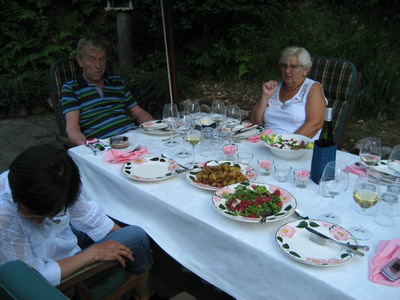
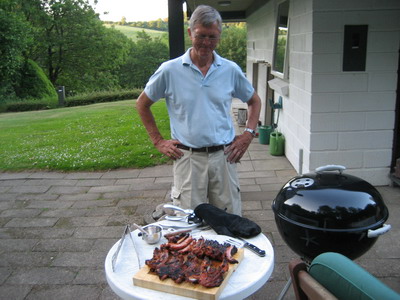
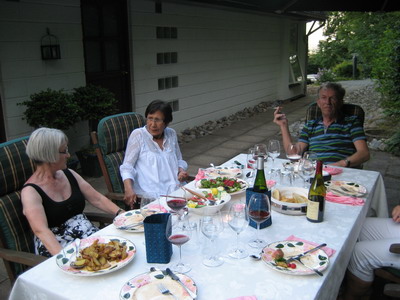
Dessert and evening enjoy on the roof terrace.

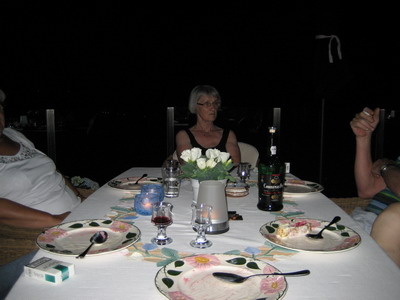
Breakfast.
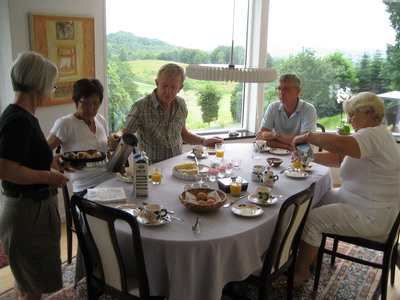
Our friends fantastic beautiful and
idyllically
private park.
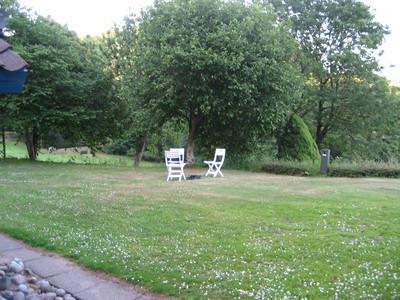
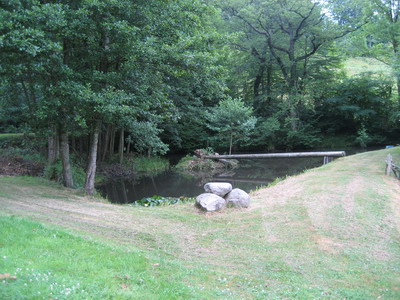

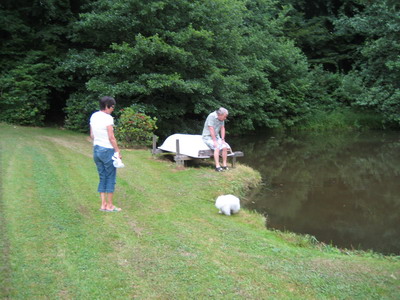

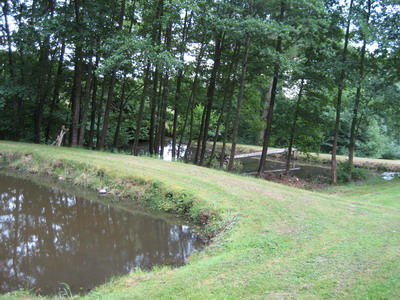


-----o0o-----
Together with our Host, we visited
different locations in the vicinity.
-----o0o-----
Jelling Church.
Jelling church is a church in Jelling county in Vejle municipality.
The present church is a travertine church from
approx. year 1100
There have previously been three wooden churches - all burnt - on the spot.
King Harald Bluetooth buildt the first church on the spot
probablyas grave memorial to his father Gorm the Old.
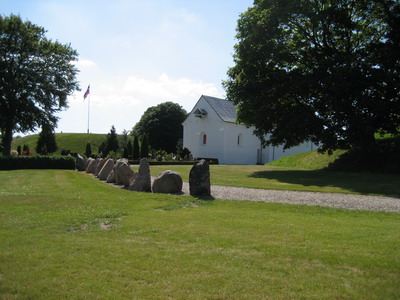

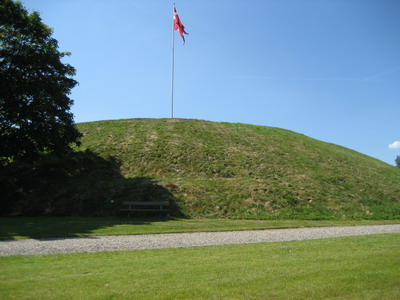
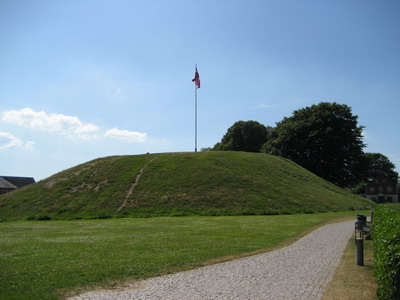


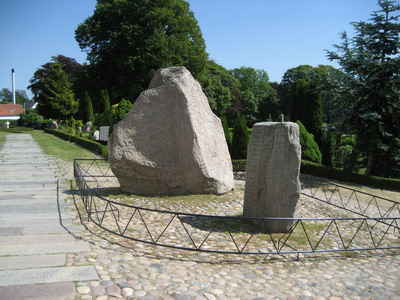

Gorm the
Old was a Danish king who reigned from Jelling in the mid-900s.
He has hardly been king over Denmark, rather than Jutland and South Jutland.
He is the first king in the royal line.
(See King's row below).
That's
because he is the first king mentioned in contemporary Danish sources,
More specifically, the two runic stones in Jelling.
The text on the small Jelling stone reads:
"kurmr kunukr karthi kubl thusi
aft thurui kunu sina tanmarkar but"
or the slightly more contemporary Danish:
King Gorm made this monument made in memory after Thyra his wife, Denmark's
booth.
Gorm is also referred to the large Jelling stone that says:
"Haraltr kunukr bath kaurua kubl thausi aft kurm fathur sin auk aft thaurui
muthur sina
sa haraltr ias sar uan tanmaurk ala auk nuruiak auk tani karthi kristna"
Or
King Harald ordered this monument made in memory after Gorm his father and Thyra
his mother,
the Harald who conquered all of Denmark and Norway and made the Danes
Christians.
-----o0o-----
|
|
|
The Danish King's row.
|
|
|

-----o0o-----
Troldborg Ring:
(An impenetrable Iron Age fortress)
In
order to get to Troldborg Ring you need to travel to the edge of Devil's Valley,
one of the most dramatic of the natural gorges along the Vejle river.
The ring fortress incorporates the steep slopes to the south and east as part of
the natural defences that helps make it all but impenetrable.
Attacking enemies were given false hope in the form of a terrace at the base of
the rampart.
The terrace fooled would-be invaders into thinking they were
closer to their goal than they actually were.
But once they made it that far, they became easy targets for Toldborg's
defenders.
The circular Iron Age fortress was built between 100 and 200 AD,
and is the only one of its kind in Denmark.
Apparently, it had no permanent residents and was only used by people
retreating from an attacking force.
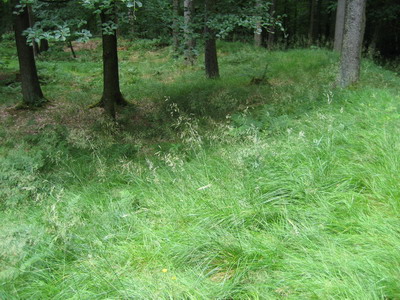
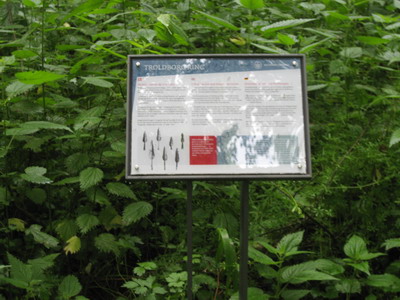

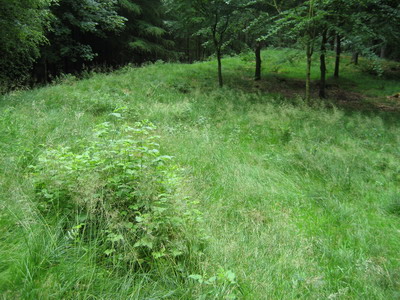
-----o0o-----
Ravning Valley - Vejle.
Ravning old trainstation.
(Now Museum).
Most people associate the landmark Ravning with the big bridge
from Viking times across the Vejle river valley.
But the bridge was part of a larger a traffic system, for example. also
consisted of numerous sunken roads,
can still be seen in the steep slopes down to the valley.
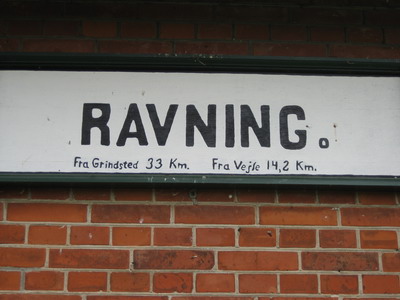
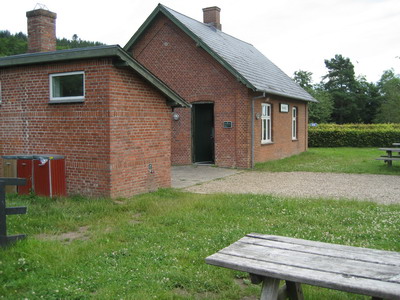

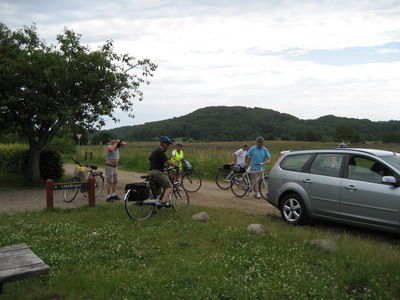

-----o0o-----
Ravning bridge.
Bridge
by Ravning secured transport
over the swampy valley throughout the year.
Here messengers was able to come quickly to the king
in Jelling or other important bastions of power.
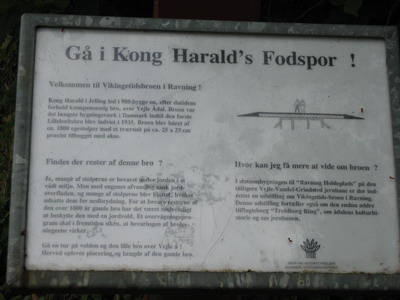
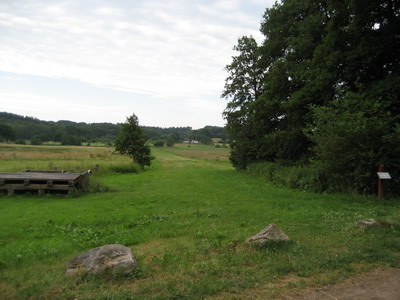

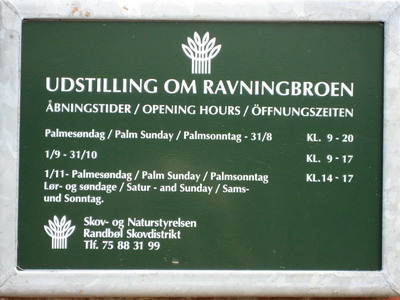
In the 10th century, serious border
problems had arisen at
Denmark’s southern border. The conflict was between
Western Europe’s mightiest ruler, the Christian, German
Emperor and Harald Bluetooth. Under pressure, King
Harald Bluetooth made Christianity the state religion of Denmark.
In 979–81 Harald Bluetooth commissioned the construction
of five ring fortresses: Fyrkat and Aggersborg in North
Jutland, Nonnebakken on Funen, Trelleborg on Zealand
and probably also Borgeby in Scania in present-day Sweden.
In the same period, he had a magnificent bridge built at
Ravning Enge. The bridge testifies to the King’s vision of a
national road system. The forts and roads may be interpreted
as part of the vision to unify Denmark.
Denmark went from being a Nordic, pagan society to a
European, Christian civilisation. Large landed and royal
estates arose across the whole of Denmark. The first towns
were established. The foundation for the historic Kingdom
of Denmark had been laid.




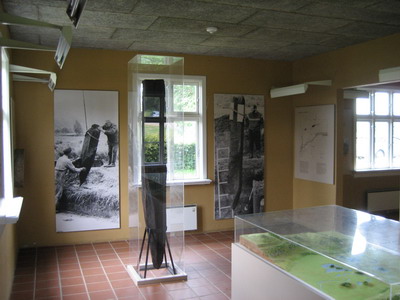

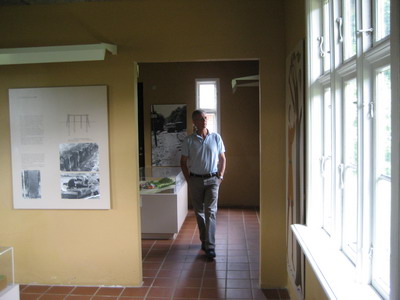

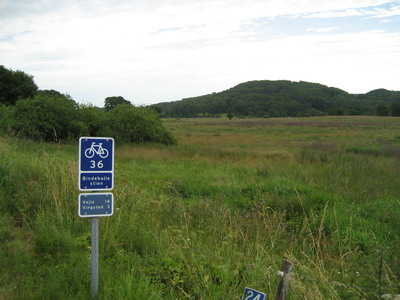

 |
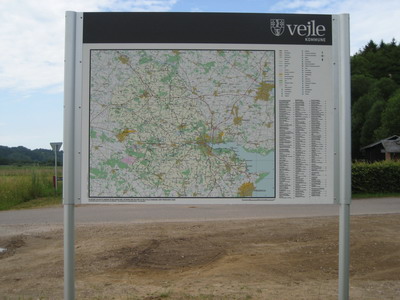 |
 |
-----o0o-----
Bindeballe Købmandsgård.
Bindeballe Købmandsgård is
an old grocer’s shop founded in 1897, the year of the opening of the
Vejle-Vandel railway.
Denmark’s largest merchant
museum, Bindeballe Købmandsgård features collections of traditional merchandise
from bygone times and old store signs and interiors.
More than 5000 different items are on display, the oldest more than a century
old.
The Bindeballe Købmandsgård is also a living general store where you can by
classic local specialities,
such as Bindeballe Bjesk (aquavit) and bitter.
The old grocer’s shop has more than 100,000 annual visitors.
Please notify the museum of the arrival of groups of more than 10 people.
Your own packed lunch may be enjoyed in the outdoor, roofed pavilion at the
charge of DKK 10.00 per person.
During winter, the pavilion is heated.
Bindeballe Købmandsgård is open on all national holidays between 10:00 and
18:00.
Closed on 24, 25, 26, and 31 December and on 1 January.

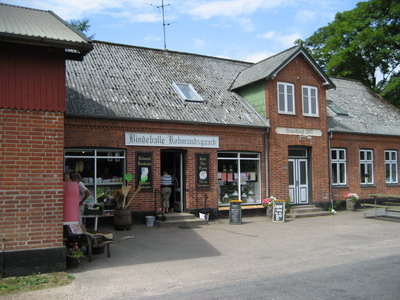
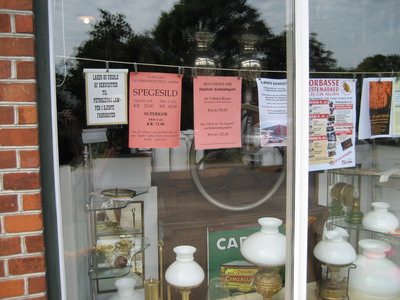
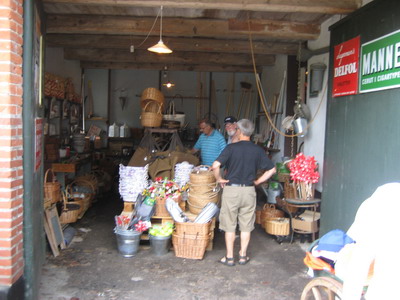


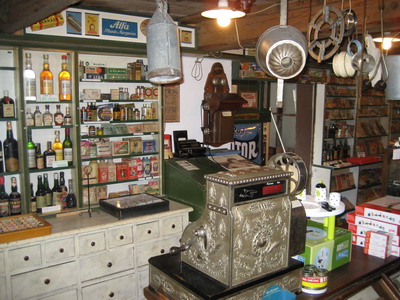


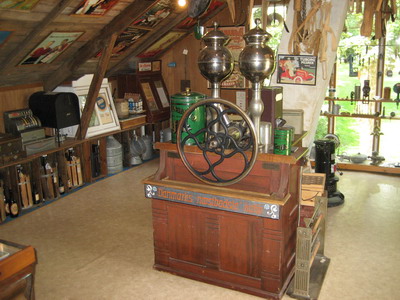
On TV you see a video about the old grocer and
general store.
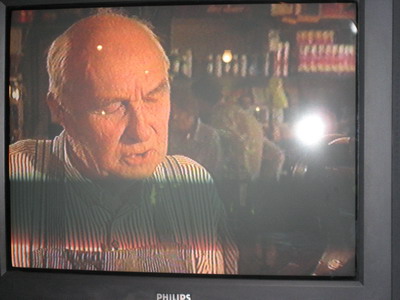


-----o0o-----
A wonderful visit with good friends in Vejle.
-----o0o-----